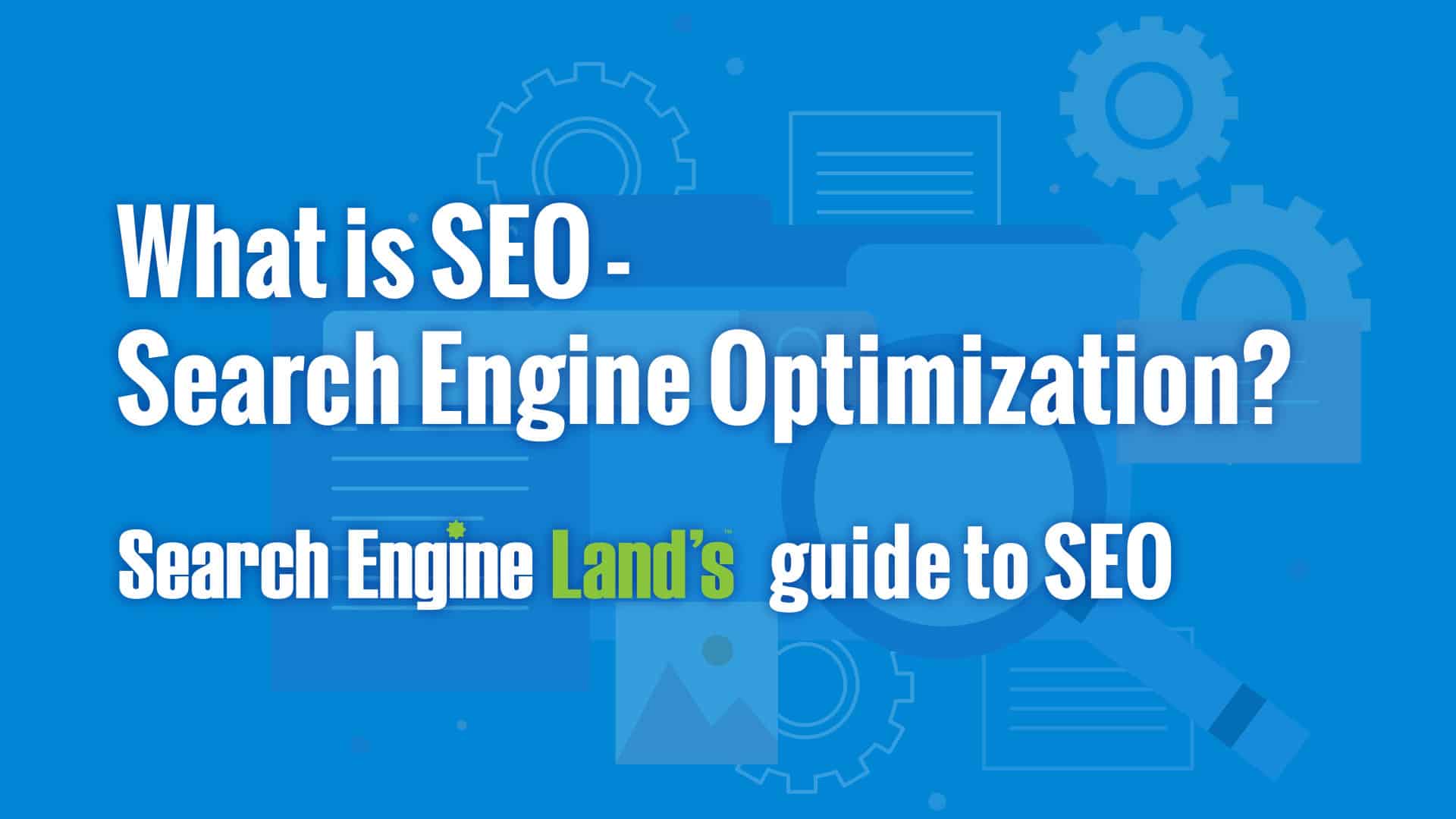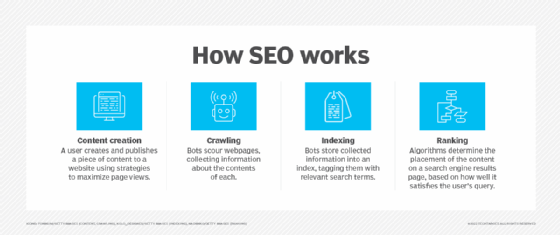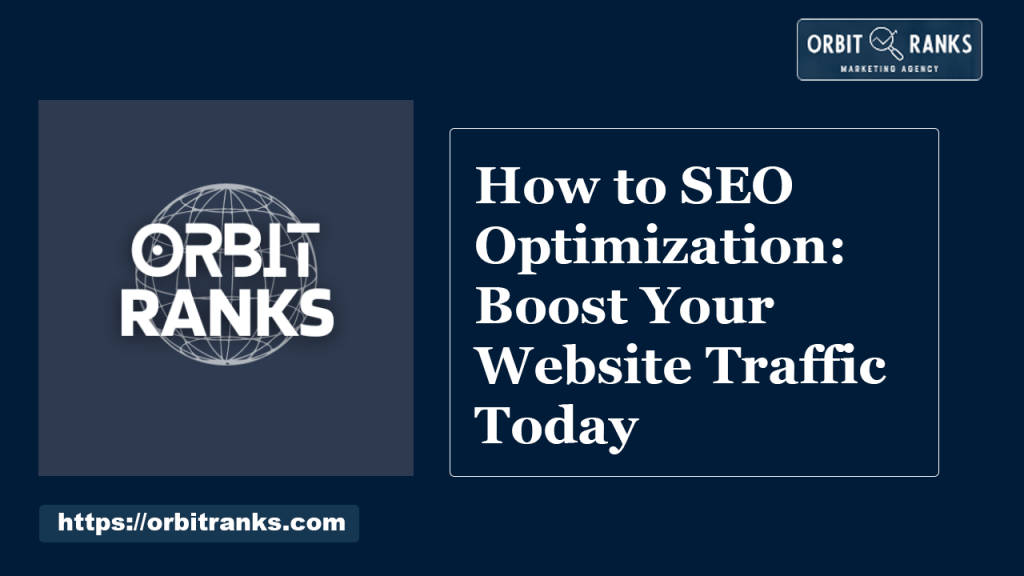SEO Optimization: To optimize for SEO, research relevant keywords and incorporate them naturally into your content. Focus on quality, user-friendly content and backlinks.
SEO optimization is essential for increasing website visibility on search engines. Start by identifying the most relevant keywords for your niche using tools like Google Keyword Planner or Ahrefs. Integrate these keywords seamlessly into your content, including titles, headers, and meta descriptions.
Ensure your website has a clean, user-friendly design and fast loading times. High-quality backlinks from reputable sites can significantly enhance your ranking. Regularly update your content to keep it relevant and engaging. Monitoring performance through analytics tools helps you adjust strategies for better results. Following these steps can lead to improved search engine rankings and increased organic traffic.
Credit: moz.com
Keyword Research
Keyword Research is the backbone of successful SEO strategies. It involves identifying the terms and phrases that potential visitors use in search engines. By targeting these keywords, you can improve your website’s visibility and attract more organic traffic. Let’s dive into the key aspects of keyword research.
Finding The Right Keywords
Finding the right keywords is essential for SEO success. Start by brainstorming topics related to your niche. Use tools like Google Keyword Planner, Ahrefs, or SEMrush to find popular keywords.
Focus on long-tail keywords as they are less competitive and more specific. These keywords usually have higher conversion rates. For example, instead of “shoes,” target “best running shoes for women.”
Consider user intent. Understand why users search for certain keywords. Are they looking for information, products, or services? This helps in selecting keywords that match user needs.
Analyzing Competitor Keywords
Analyzing competitor keywords provides insights into their SEO strategies. Identify your top competitors using tools like Ahrefs or Moz. Look at the keywords they rank for and their content strategy.
Use a tool to extract competitor keywords and create a list. Compare these keywords with your list to find gaps and opportunities. Aim to target keywords that your competitors are not focusing on.
Check the keyword difficulty to understand how challenging it would be to rank for each keyword. Focus on keywords with moderate difficulty and high search volume.
| Keyword | Search Volume | Difficulty |
|---|---|---|
| best running shoes for women | 5,000 | Medium |
| affordable SEO services | 2,000 | Low |
Make sure to update your keywords regularly. Trends change, and new keywords emerge. Stay ahead by continuously refining your keyword strategy.
On-page Seo
On-Page SEO is crucial for improving your website’s search engine rankings. It involves optimizing individual web pages to rank higher and earn more relevant traffic. The focus is on content, HTML source code, and user experience. Below, we explore key components of On-Page SEO.
Optimizing Title Tags
Title tags are essential for SEO and user experience. They appear in search engine results and browser tabs.
- Keep title tags under 60 characters.
- Include your primary keyword.
- Make them compelling and relevant.
For example, if your keyword is “best coffee maker,” a good title tag could be “Best Coffee Maker 2023 – Reviews & Top Picks.”
Enhancing Meta Descriptions
Meta descriptions provide a brief summary of a webpage. They appear below the title tag in search results.
| Best Practices | Examples |
|---|---|
| Keep it under 160 characters. | “Discover the best coffee maker of 2023. Read reviews and find top picks.” |
| Include your primary keyword. | “Learn about the best coffee maker for your kitchen.” |
| Make it engaging and informative. | “Find the perfect coffee maker. Compare features, prices, and reviews.” |
Remember, meta descriptions don’t directly impact rankings. They can improve click-through rates.
Content Creation
Content creation is key to effective SEO optimization. High-quality content attracts visitors and keeps them engaged. It also boosts your site’s ranking on search engines.
Writing Quality Content
Writing quality content involves offering valuable information to your audience. Focus on creating original, useful, and engaging content. This can be achieved by:
- Understanding your audience’s needs and interests.
- Conducting thorough research on the topic.
- Using a clear and simple language.
- Organizing content with headings and subheadings.
- Including relevant images, videos, or infographics.
Quality content will encourage visitors to stay longer on your site. Search engines will notice this and rank your site higher.
Incorporating Keywords Naturally
Incorporating keywords naturally is crucial for SEO. Keywords should blend seamlessly into your content. Use them in a way that feels natural. For effective keyword placement:
- Identify primary and secondary keywords.
- Use the primary keyword in the title and first paragraph.
- Sprinkle secondary keywords throughout the text.
- Include keywords in headers and subheaders.
- Use synonyms and related terms to avoid keyword stuffing.
Natural keyword integration enhances readability. It also improves your site’s search engine ranking.
Here is a simple example of keyword placement:
| Paragraph | Keyword |
|---|---|
| First Paragraph | Primary Keyword |
| Subheading | Secondary Keyword |
| Body Text | Related Terms |
Remember, quality content and natural keyword integration are the pillars of effective SEO optimization.
Technical Seo
Technical SEO is the backbone of your website’s search engine performance. It involves optimizing the infrastructure of your site. This ensures search engines can easily crawl and index your content. Below, we’ll discuss two critical aspects: Improving Site Speed and Ensuring Mobile Friendliness.
Improving Site Speed
Site speed is a key ranking factor. A slow website drives users away. To improve site speed, consider these steps:
- Optimize Images: Use compressed images without losing quality.
- Minimize HTTP Requests: Reduce the number of elements on your page.
- Use Browser Caching: Enable caching to store some data locally.
- Reduce Server Response Time: Choose a reliable hosting provider.
- Minify CSS and JavaScript: Remove unnecessary code.
Here is a simple table showing the impacts of site speed:
| Load Time | Bounce Rate | Conversions |
|---|---|---|
| < 1 second | 10% | High |
| 1-3 seconds | 20% | Medium |
| > 3 seconds | 50% | Low |
Ensuring Mobile Friendliness
Most users browse the web on mobile devices. Your site must be mobile-friendly. Here are some tips:
- Responsive Design: Use a design that adapts to all screen sizes.
- Easy Navigation: Ensure buttons and links are easy to tap.
- Readable Text: Use large fonts and sufficient contrast.
- Optimize Images: Use smaller images for mobile devices.
- Eliminate Pop-ups: Avoid using intrusive pop-ups on mobile.
Use Google’s Mobile-Friendly Test to check your site. Ensure it passes the test.
Link Building
Link building is a crucial part of SEO optimization. It helps improve your website’s authority and ranking on search engines. By acquiring quality backlinks and employing effective internal linking strategies, you can boost your site’s visibility and traffic.
Acquiring Backlinks
Acquiring backlinks means getting other websites to link to your site. These backlinks act as votes of confidence for your content. Here are some effective ways to acquire quality backlinks:
- Guest Blogging: Write articles for other websites and include a link back to your site.
- Influencer Outreach: Connect with influencers and ask them to share your content.
- Content Creation: Produce high-quality, shareable content that others will want to link to.
- Directory Submissions: Submit your website to reputable online directories.
Internal Linking Strategies
Internal linking connects pages within your own website. It helps users navigate your site and improves SEO. Here are some strategies for effective internal linking:
- Use Anchor Text: Use descriptive anchor text for your links. This tells search engines what the linked page is about.
- Link to Relevant Pages: Link to pages that are related to the content. This keeps users engaged and improves SEO.
- Update Old Content: Add links to new content in older posts. This keeps your content fresh and interconnected.
- Create a Sitemap: A sitemap helps search engines index your pages more effectively.
| Strategy | Benefit |
|---|---|
| Guest Blogging | Increases backlinks and exposure |
| Influencer Outreach | Boosts credibility and traffic |
| Content Creation | Encourages natural backlinks |
| Directory Submissions | Improves local SEO |
| Use Anchor Text | Enhances SEO relevance |
| Link to Relevant Pages | Improves user engagement |
| Update Old Content | Keeps content fresh |
| Create a Sitemap | Helps with page indexing |
User Experience
User Experience is a crucial aspect of SEO optimization. A well-optimized site not only attracts visitors but also keeps them engaged. This section delves into how enhancing user experience can significantly boost your SEO efforts.
Enhancing Site Navigation
Effective site navigation helps users find what they need quickly. Use clear and simple menu structures. Avoid complicated dropdowns that confuse users. Make sure every page is reachable within three clicks.
- Use breadcrumb navigation for easy tracking.
- Implement a search bar for quick access.
- Organize categories logically.
These steps will improve your site’s usability and keep users engaged. An engaged user is more likely to stay longer and interact with your content. This reduces bounce rates and boosts your SEO rankings.
Improving Readability
Readability plays a vital role in user experience. Use short sentences and simple words. Break content into small paragraphs. This makes your content easy to read and understand.
| Do’s | Don’ts |
|---|---|
| Use bullet points | Avoid long blocks of text |
| Add subheadings | Skip formatting |
| Include images | Overuse jargon |
By following these guidelines, you enhance the user experience. This leads to higher engagement and better SEO performance.
Monitoring And Analytics
Monitoring and Analytics are essential for successful SEO optimization. They help you understand how well your strategies perform. By keeping track, you can make data-driven decisions to improve your website’s visibility.
Using Google Analytics
Google Analytics is a free tool that provides insights into your website’s performance. You can track visitor behavior, traffic sources, and page views. This helps you understand what works and what needs improvement.
To get started:
- Sign up for a Google Analytics account.
- Add the tracking code to your website.
- Set up goals to track key actions.
Use the dashboard to monitor:
- Sessions and users
- Average session duration
- Bounce rate
- Traffic sources
Tracking Keyword Rankings
Tracking your keyword rankings helps you see how well your content performs in search engines. Use tools like Google Search Console, SEMrush, or Ahrefs.
Steps to track keyword rankings:
- Identify your target keywords.
- Enter them into a keyword tracking tool.
- Monitor your rankings regularly.
Use a table to organize your data:
| Keyword | Current Rank | Previous Rank | Search Volume |
|---|---|---|---|
| SEO Optimization | 5 | 8 | 10,000 |
| Keyword Tracking | 12 | 15 | 8,000 |
Review your data to spot trends. Adjust your strategy to improve rankings. Consistent monitoring helps you stay ahead of the competition.

Credit: searchengineland.com

Frequently Asked Questions
How Do You Do Seo Optimization?
SEO optimization involves keyword research, on-page optimization, quality content creation, link building, and technical SEO improvements.
How To Do Seo For Beginners?
Start with keyword research. Optimize titles, meta descriptions, and headers. Use internal and external links. Ensure fast-loading, mobile-friendly pages. Create high-quality, relevant content.
How To Optimize Seo On Google?
To optimize SEO on Google, use relevant keywords, create high-quality content, improve site speed, ensure mobile-friendliness, and build quality backlinks.
What Are The 3 Steps To Successful Seo?
1. Conduct keyword research to identify target terms. 2. Optimize website content using relevant keywords and quality links. 3. Monitor performance and adjust strategies using analytics.
What Is Seo Optimization?
SEO optimization involves enhancing your website to rank higher in search engine results, increasing visibility and organic traffic.
Conclusion
Mastering SEO optimization can significantly boost your online presence. Focus on quality content, keywords, and user experience. Regularly update your strategies to stay ahead. By implementing these tips, you’ll enhance your site’s visibility and drive more traffic. Keep learning and adapting to maintain your competitive edge in the digital landscape.


